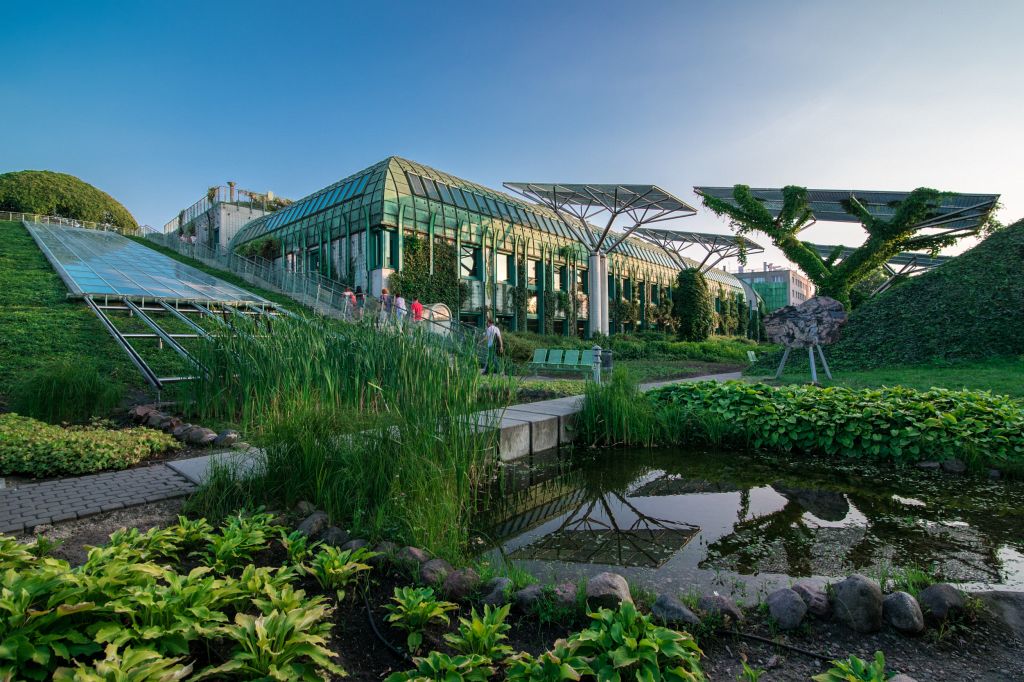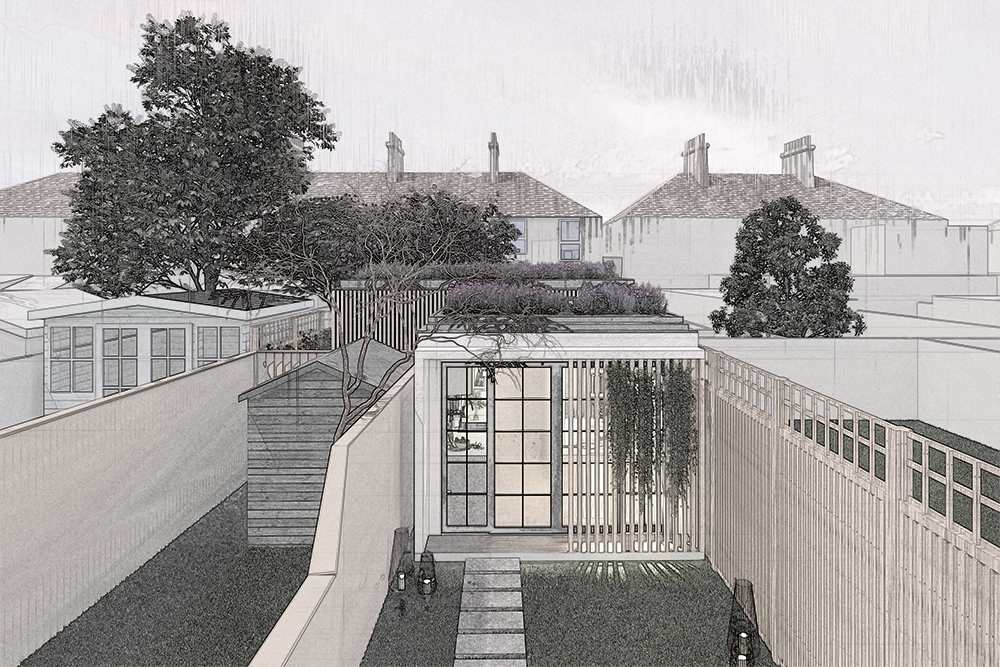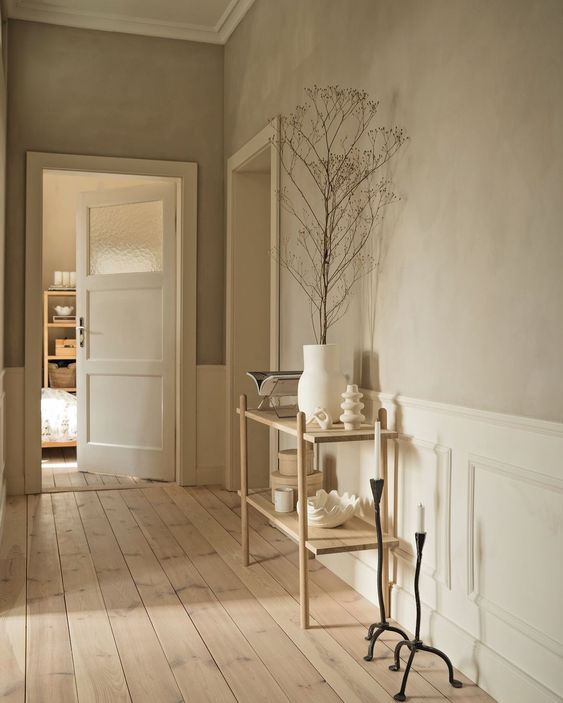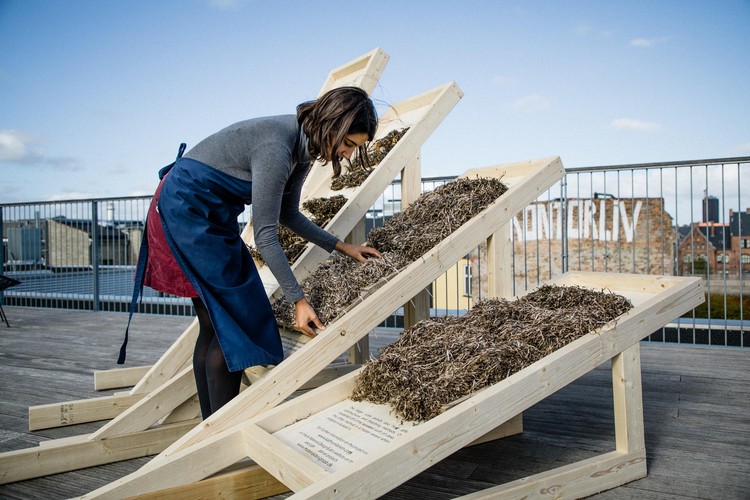At Studio L’ght, we believe that sustainable building systems and materials are a necessity, not a luxury. From material sourcing to the choice of structural systems, every small decision matters.
In light of Earth Day 2023, we want to share some useful information about sustainable biodiverse roof systems a.k.a. brown roofs.

Introduction
In recent years, there has been a growing interest in green roofs as a way to combat urban heat islands and reduce carbon emissions. However, not all green roofs are created equal. A brown roof, also known as a Biodiverse brown roof, offers many benefits that go beyond traditional green roofs. In this blog post, we will discuss the benefits of having a biodiverse brown roof.
Unlike traditional green roofs, which are typically planted with specific species of plants for their aesthetic appeal or functional benefits, biodiverse brown roofs are intentionally left largely untouched and allowed to develop naturally over time. The goal is to create a self-sustaining ecosystem that supports a diverse array of plant and animal species, including insects, birds, and small mammals.
The key concept behind a biodiverse brown roof system is to create a dynamic, evolving ecosystem that closely resembles the natural habitats of the surrounding area. By promoting biodiversity in urban environments, biodiverse brown roofs can provide important ecological benefits, such as supporting local wildlife populations, enhancing air quality, reducing stormwater runoff, and improving the overall resilience and sustainability of urban landscapes.
Here are 6 reasons why brown roofs are better than green roofs:
1. Biodiversity Conservation

Brown roofs provide habitat for a diverse range of plant and animal species, including native and sometimes rare or endangered species. By creating self-sustaining ecosystems that closely resemble natural habitats, brown roofs can support local wildlife populations, promote biodiversity, and contribute to the conservation of native plant and animal species.
2. Lower Maintenance Requirements
Brown roofs require minimal maintenance compared to green roofs. With a focus on allowing natural ecological processes to occur, brown roofs do not require regular irrigation, fertilization, or pruning, reducing the need for ongoing maintenance efforts and associated costs.
3. Stormwater Management

Giant Interactive Headquarters, a 45-acre corporate campus in Shanghai, China, a collaboration between Morphosis Architects and SWA.
Brown roofs can effectively manage stormwater runoff by absorbing rainwater and reducing the volume and velocity of runoff. This can help reduce strain on stormwater infrastructure, decrease the risk of flooding, and improve water quality by filtering pollutants from rainwater, similar to green roofs.
4. Natural Aesthetics

Brown roofs have a unique and natural aesthetic appeal, with vegetation that develops through natural colonization processes, creating a more organic and wild appearance compared to the intentionally designed and manicured look of green roofs. Brown roofs can add a touch of wilderness to urban environments, enhancing the visual appeal of buildings and landscapes.
5. Resilience & Sustainability
Brown roofs promote natural processes and rely on minimal intervention, creating more resilient ecosystems that can adapt to changing environmental conditions. This can enhance the overall sustainability and resilience of urban environments, as brown roofs work in harmony with nature and require fewer artificial inputs, contributing to long-term ecological health.
6. Favourable Planning Compliance and Financial Incentives

Planners often view biodiverse roofs, green roofs and blue roofs as a compliant choice for meeting urban greening requirements, such as the London Plan Policy G5 and Sustainable Drainage System (SuDs) guidelines, making them a favourable option for sustainable building proposals.
Research from the University of Sheffield suggests incentivising homeowners to make sustainable choices by offering council tax discounts or money off water bills. The report also advocates for banning environmentally-damaging pesticides and astroturf. The idea is to reward sustainable gardening, such as having more than 50% of the garden space planted, to tackle the impacts of climate change and biodiversity loss at the city level.
Professor Ross Cameron from the University of Sheffield has revealed that some cities have lost up to 50% of their green garden space in the past 20 years due to the rising trend of artificial grass, and the use of chemicals that pollute the watercourses and harm the soil life in real plants. Cameron is advocating for radical changes in urban garden policy and practice, encouraging local authorities to incentivize sustainable gardening practices such as reducing council taxes or water bills for homeowners who have more than 50% of their garden space planted. This initiative aims to create refuges for wildlife, absorb rain to avoid flash flooding, and keep buildings cool in the summer. The idea of financial incentives could also extend to those who live in flats or rent, as a means of encouraging the removal of artificial grass in gardens.
Conclusion

University of Warsaw Library roof garden, designed by Marek Budzyński and Zbigniew Badowski.
So, there you have it – 6 reasons why brown roofs are the true MVPs, outshining green roofs with their biodiversity, adaptability, low-maintenance, sustainability, compliance with urban greening requirements, and excellence in managing stormwater runoff.
So next time if you’re building a green roof, think again – we believe that biodiverse brown roofs are the real rockstars of eco-friendly roofing!
Was this helpful?
Should you need assistance or advice with obtaining planning permission for your project, don’t hesitate to drop us a message. We will be glad to help you and address more of your questions during a free online consultation.




